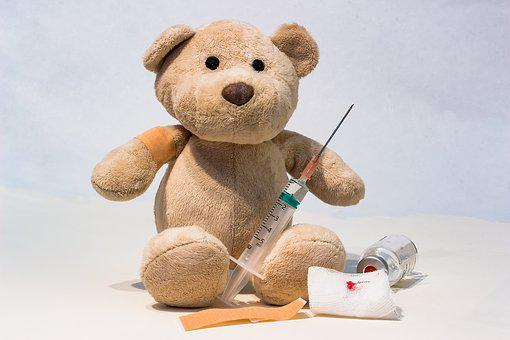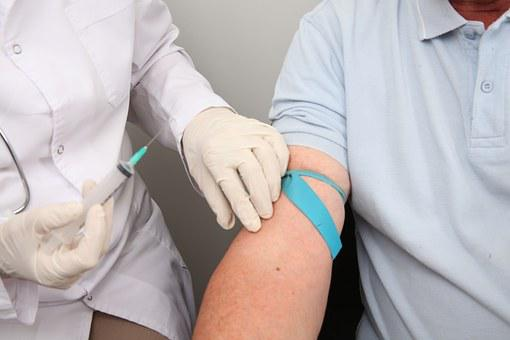
How To Avoid Fainting During A Blood Draw

If you’re afraid of needles or aren’t a fan of medical procedures involving them, a simple sight of them is enough to make you feel lightheaded.
This may be the result of a phobia or simply a sensitivity toward seeing blood, but either way, it’s can be an inconvenience for both you and the phlebotomist.
Studies have shown that up to one-third of people in the United States faint while getting blood drawn.
Here are some tips to avoid fainting during a blood draw.
1. Get comfortable
Start by finding a comfortable position on the chair or bed so that you can relax.
You may want to sit upright with your back against a firm surface. That’ll prevent you from falling over if you begin to feel lightheaded or dizzy.
It’s also important for you to take slow breaths when sitting down and before the needle is inserted into your arm.
2. Try to relax!
A lot of times, we get nervous and anxious about things we don’t need to be scared of, and that can lead to unnecessary stress on our bodies.
During a mobile blood draw procedure, try not to watch what’s happening. If you feel yourself getting woozy, look away from the needle or close your eyes.
Let someone know if you’re feeling dizzy or lightheaded before or during the procedure. The mobile phlebotomist can stop for a moment if needed and give you time to recover before continuing.
If you regularly faint during procedures like these, talk to your doctor about options such as taking medication beforehand.
3. Find a distraction
If you’re afraid of needles, don’t beat yourself up about it.
It may be easier said than done but try not to focus on what’s going on once your arm is prepped for the procedure. Instead, try to find something else in the room to focus on—something on the wall or perhaps a picture.
4. Avoid squeezing your fist

Avoid squeezing or tensing up your muscles when waiting for the blood draw, as that can make it more difficult for expert phlebotomists VA to find a vein. This may increase the number of attempts they need to make to get the required sample.
Instead, flex your hand while keeping it relaxed, as this helps bring out a vein that is easier for professional phlebotomists to insert the needle into.
5. Stay hydrated
Drink at least 16 ounces (1/2 liter) of water before your blood test and eating a healthy meal.
This’ll prevent dehydration—one of the main causes of fainting.
If you haven’t been eating a healthy diet or taking any medications that might increase your risk of fainting, talk to your doctor about how to avoid fainting during a blood test.
How Can We Help?
At Phlebotomy on Wheels, our certified Professional phlebotomists Annapolis offer reliable mobile phlebotomy services in MD.
We ensure that our patients remain calm during STAT or routine blood draw procedures.
Contact us today to schedule your appointment.


